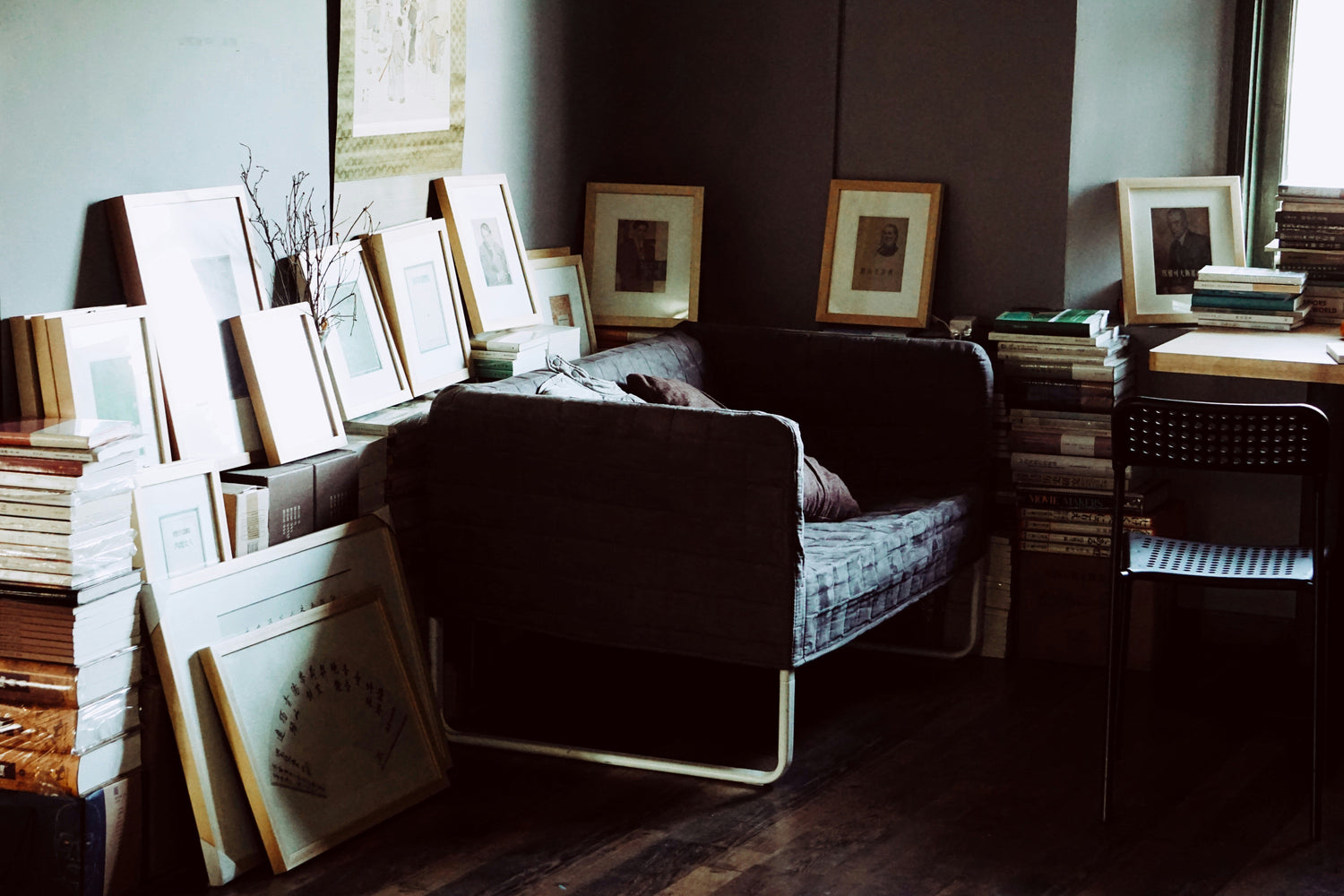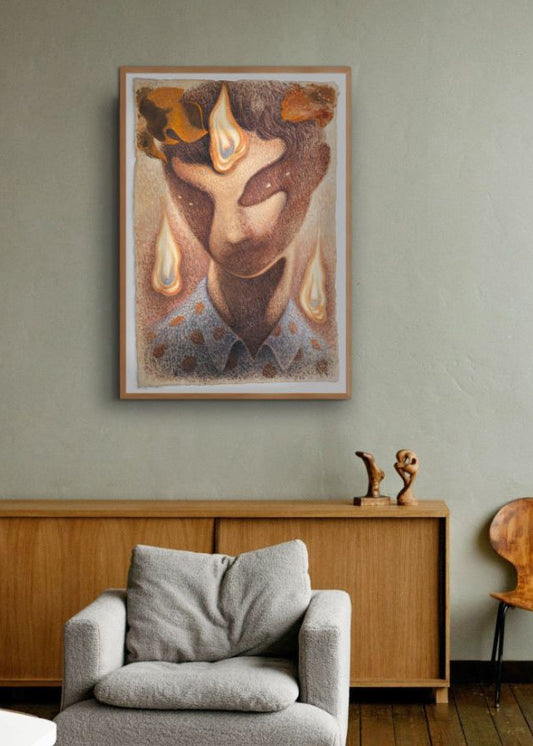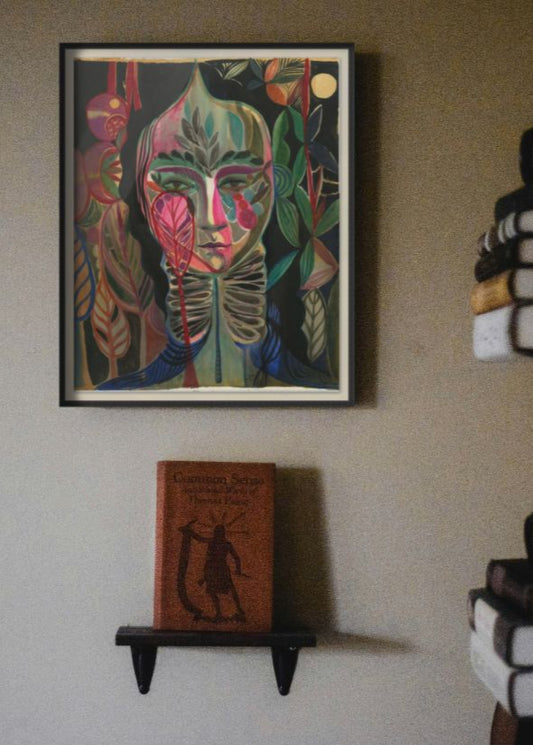Unique works on paper are original, one-of-a-kind artworks that include drawings, watercolors, and paintings executed in media such as oil, acrylic, ink, or pastel. Unlike prints, which are produced in editions, each work on paper is singular. The paper itself is an integral part of the artwork, influencing texture, absorption, and the way media interact with the surface. Artists may choose from a range of papers, from smooth, industrially made sheets to textured, handmade varieties, each offering distinct possibilities for mark-making, layering, and tonal effects.
Creating a work on paper often begins with exploratory sketches or studies that guide composition, form, and color. The surface of the paper determines the techniques an artist can employ: smooth papers allow fine lines and detailed drawing, while textured or rough papers enhance expressive marks and painterly effects. In painting, thin washes of watercolor or diluted acrylic can reveal subtle gradations, whereas thicker media such as oil or pastel build depth and surface richness.
Paper has long been valued as a flexible and responsive medium, both for preparatory studies and fully realized artworks. Renaissance masters such as Leonardo da Vinci and Albrecht Dürer exploited paper’s ability to capture intricate detail and delicate line, while 20th-century artists like Egon Schiele and Käthe Kollwitz used it to convey immediacy, intimacy, and expressive power. Modern practitioners often combine traditional techniques with experimental approaches, layering media or integrating collage or digital elements.
While unique works on paper are one-of-a-kind, they share a conceptual connection with printmaking techniques such as etching or linocut through the artist’s engagement with surface, process, and repetition. Like printmakers experimenting with plates, blocks, or layers of ink, artists working on paper explore variations in line, texture, and color, with each mark reflecting deliberate choices.




